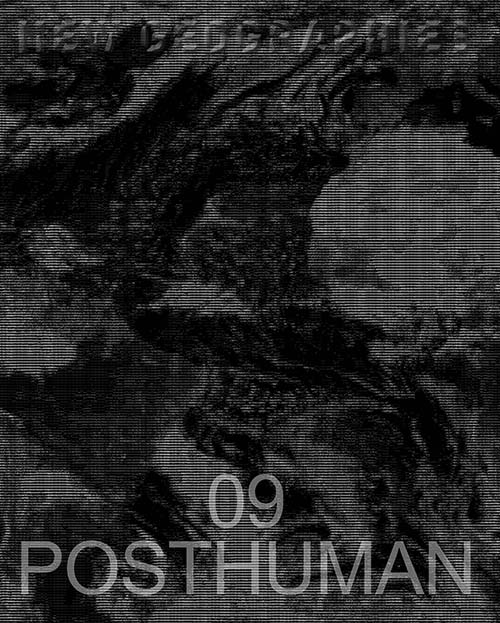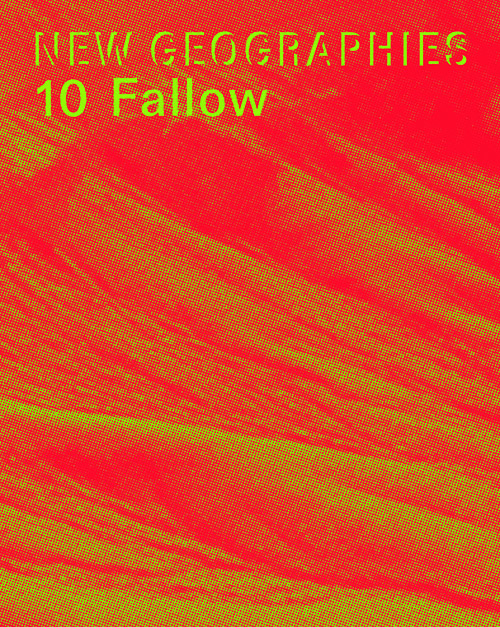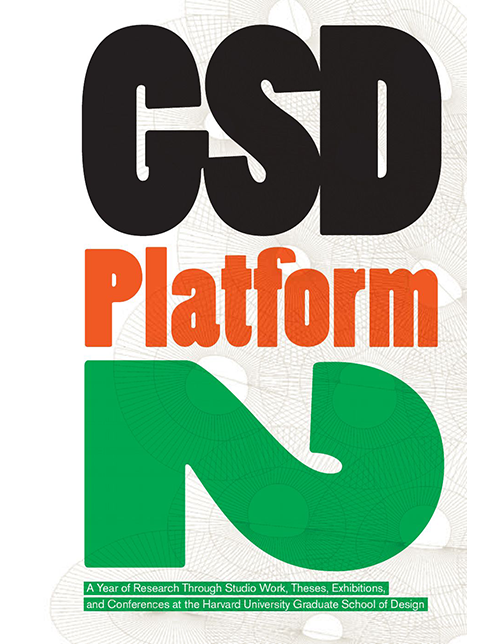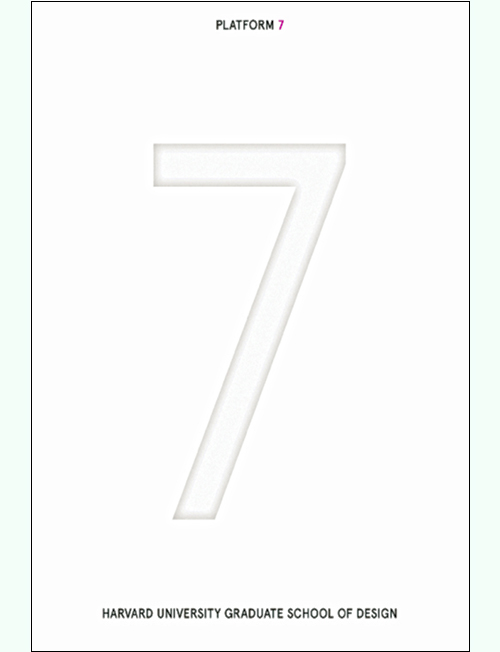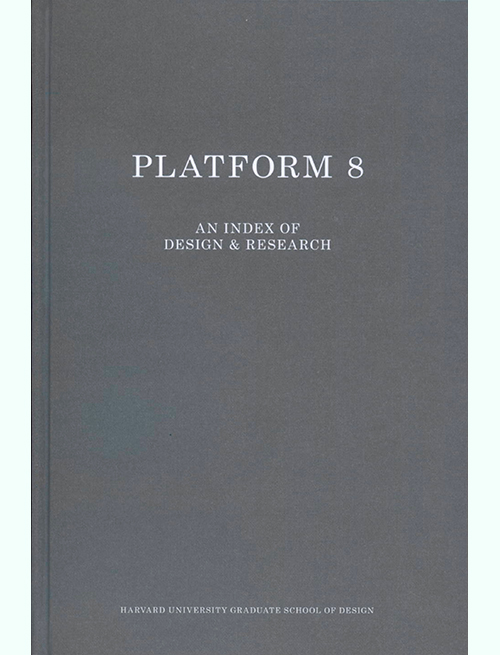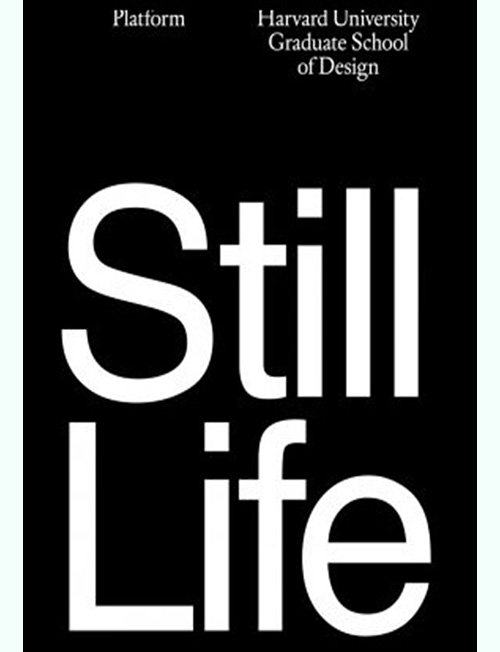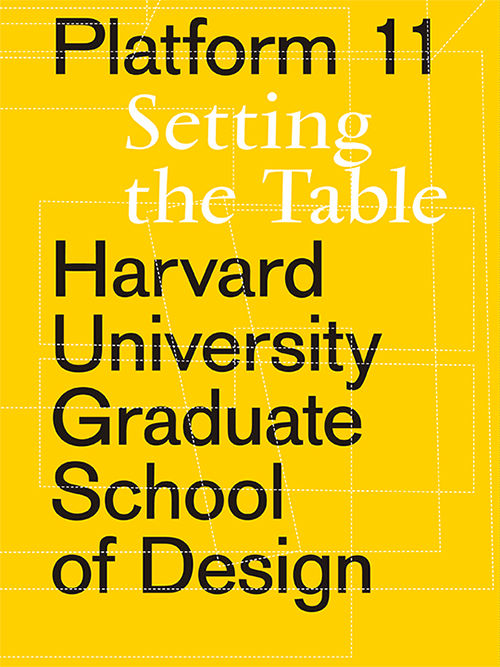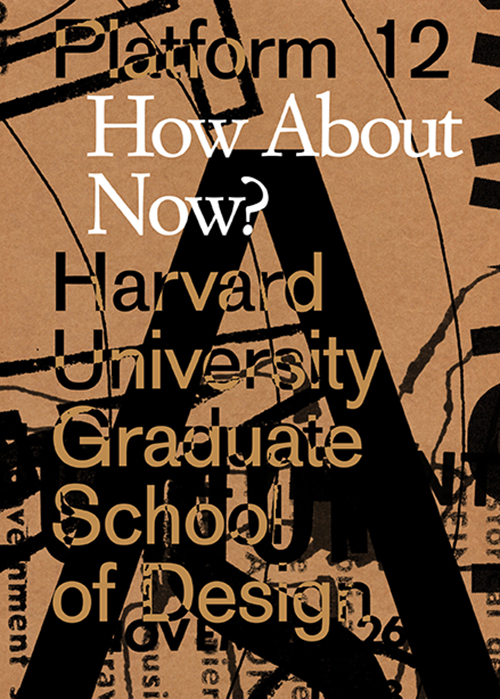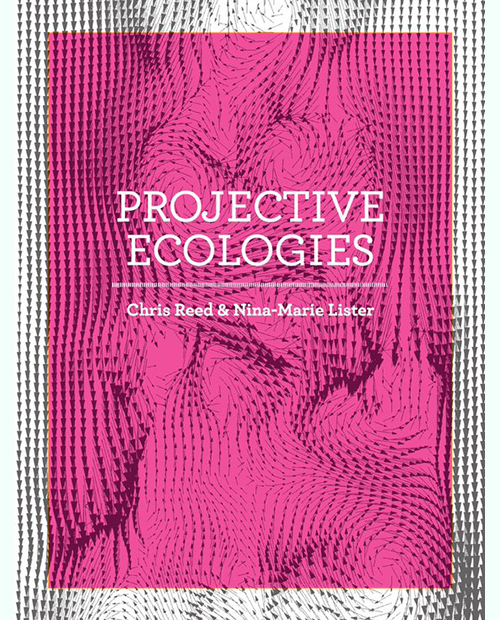

Projective Ecologies
Ecology, Research, and Design in the Climate Age
Chris Reed & Nina-Marie Lister (eds.)
The past two decades have witnessed a resurgence of ecological ideas and ecological thinking in discussions of urbanism, society, culture, and design. The field of ecology has moved from classical determinism and a reductionist Newtonian concern with stability, certainty, and order in favor of more contemporary understandings of dynamic systemic change and the related phenomena of adaptability, resilience, and flexibility. But ecology is not simply a project of the natural sciences. Researchers, theorists, social commentators, and designers have all used ecology as a broader idea or metaphor for a set of conditions and relationships with political, economic, and social implications. Projective Ecologies takes stock of the diversity of contemporary ecological research and theory— embracing Felix Guattari's broader definition of ecology as at once environmental, social, and existential— and speculates on potential paths forward for design practices. Where are


Architecture and Waste
A (re)planned Obsolescence
Hanif Kara, Leire Asensio-Villoria & Andreas Georgoulias
This book presents a refreshed, design-led approach to waste-to-energy (WTE) plants, reflecting work done at Harvard’s Graduate School of Design over a period of three years. Architecture and design currently play a minor role in the design and construction of industrial building types, especially waste-to-energy facilities. As densities increase and consumption patterns change, the need for more waste-to-energy facilities is only going to increase. Through comparing the well-established waste-to-energy industries in Sweden with less established engagements in the northeast of the United States, opportunities and lessons are revealed.
Architects have a role to play in integrating waste-to-energy plants physically and programmatically within their urban or suburban contexts, as well as potentially lessening the generally negative perception of energy recovery plants. These hybrid WTE building typologies have the potential not only re-connect and communicate to the public, but also weave new public or institutional programs with
42,00€
Buy Ebook 
The Generic Sublime
Organizational Models for Global Architecture
Ciro Najle
Skyscraper collectives, tower agglomerations, high-rise housing, mixed-use developments, luxury condominiums, airport hubs, suburban office enclaves, industrial and technology parks, hotel complexes and resorts, conference and financial centers, entertainment venues, gated communities, theme parks, branded cities, new central districts, and satellite cities: extra-large architectural typologies dominate the contemporary built environment worldwide. Despite the ubiquity of these building forms, their development has been largely restricted by a reliance on outmoded traditions of urbanism and the strict separation of disciplinary domains within current architectural practice. The Generic Sublime investigates how the modern concept of the generic––once assumed to achieve universality by means of organizational homogeneity, formal neutrality, programmatic blankness, lack of identity, and insipidness of character––holds the potential to become its very opposite: the singular, the irreducible, and the extraordinary.
Directing the work of students of the departments of Architecture, Landscape Architecture, and Urban Planning and Design at the
42,00€
Buy Ebook 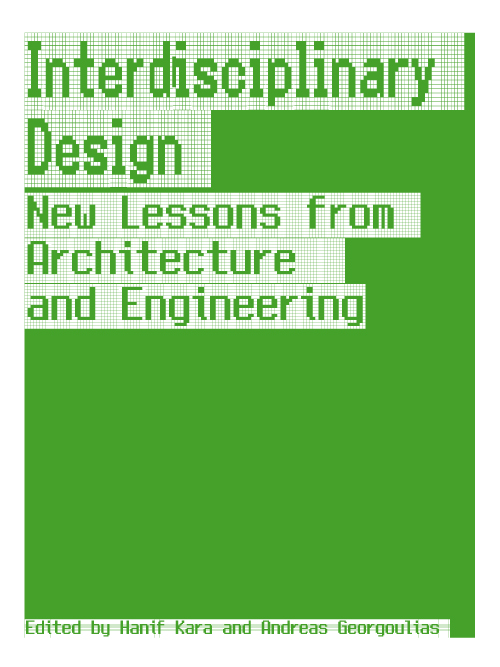
Interdisciplinary Design
Architecture and engineering are changing. But what about the relationship between architects and engineers?
Hanif Kara, Andreas Georgoulias
The subject of this experimental course held at Harvard GSD, with the students of Harvard and MIT, is to see the potential of interaction between the two disciplines from these two schools. Hanif Kara of AKT, leads the class, insisting on the importance of each professional field but trying to erode the borders and boundaries between them.
EBOOK VERSION
32,00€
Buy Ebook 

